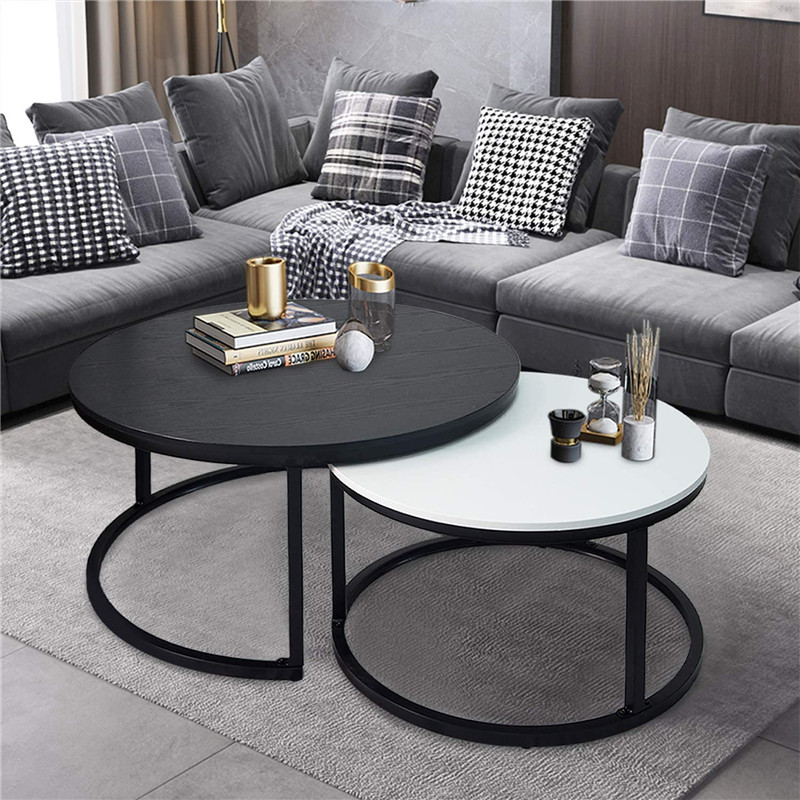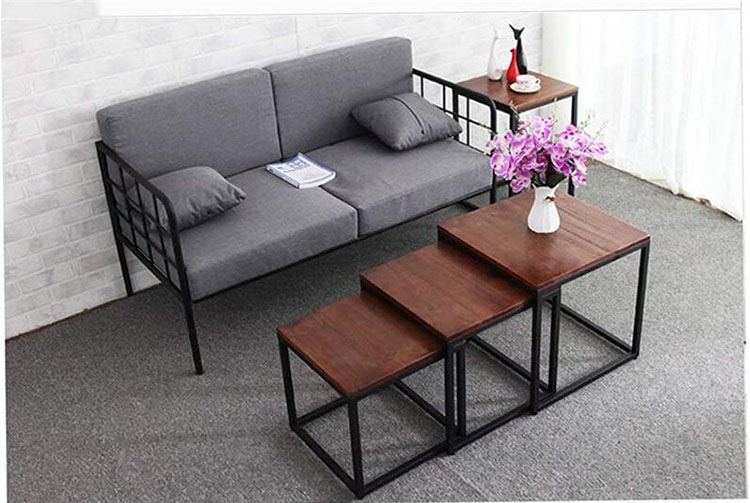1. Strengthen quality management To improve the quality of printing, especially the quality of publications, there are not only conceptual issues, management issues, standards issues, but also equipment issues, technical issues, and talent issues. All-round and multi-level comprehensive governance must be carried out. Proceeding from the status quo of the printing quality of the publications in the province, after investigation, the Provincial Press and Publication Bureau formulated the "Opinions on Effectively Improving the Printing Quality of Publications" in early 2005 to establish a quality awareness, improve and implement the quality management system. , Strengthened the quality of random inspection and delivery, strengthened the construction of quality inspection institutions, established a working mechanism of rewards and punishments, strengthened team training, and other five aspects. It proposed 12 quality management measures and clarified the responsibility of the person responsible for product quality. Stipulates the specific content of quality supervision and becomes a normative document within a period. At the same time, starting from organizing training, strengthening sampling and sending inspections, etc., the overall quality management has been strengthened. The quality awareness of the publishing and printing units has increased significantly, and various internal quality management systems have been established, some have increased the intensity of self-examination and self-inspection; some have implemented quality management personnel, and clarified the responsibility of each link; Some actively promote ISO9000 series quality management system certification, which greatly improves the quality of publication printing. Second, strengthen quality and technical training Directly facing the front-line production of enterprises, training quality management and technical personnel is very important for improving printing quality. The Provincial Press and Publication Bureau held a training course on printing quality control of publications at the end of 2005, and invited the main drafters of industry standards related to printing (overview features and technical parameters of screen printing machines) to do lithography, post-press processing quality and inspection methods At the same time, the Provincial Printing Association also makes full use of industry resources, regularly holds training courses for grade workers in the printing industry, and vocational qualification certificates are issued after passing the training exams. About 100 people have obtained certificates through training every year; last year, the Provincial Printing Association A "Fangzheng Cup" typesetting competition was also held; in addition, the annual national book fair was used to organize relevant quality technical personnel of printing enterprises to participate in the timely understanding of new products and new methods in the national publishing industry; local management departments and associations also frequently used various Exhibition activities, organize relevant personnel to study printing technology and equipment. Through various forms of training and learning, the quality awareness and skills of enterprise employees have been improved. In production, strict quality standards can be implemented to solve and overcome the quality problems that occur in the printing and binding process, so that the printing quality of publications in the province With a comprehensive improvement. 3. Strengthen the work of random inspection and inspection The implementation of supervision and random inspection of the printing quality of publications and the organization of publishing units and printing enterprises to select and send high-quality products for testing and certification are a basic task of quality management. In recent years, the Zhejiang Provincial Press and Publication Bureau has increased the inspection of the quality of publications. The scope of the inspection covers production, storage, transportation, and sales. The variety of inspections has been expanded from primary and secondary school textbooks to general books. Centralized sampling, unified testing, and supervision and rectification have greatly promoted the improvement of product quality, especially the special testing of key books. In the second half of 2005, more than 25 million copies of the “Zhejiang Provincial Public Disaster Emergency Response Manual†as a key project of the provincial government, the provincial government office required to ensure the quality of printing and printing; The first batch of 150,000 sets were printed. For these key books with tight schedules and high requirements, the Provincial Press and Publication Bureau organized forces to successively formulate implementation plans, send personnel to follow up inspections, and sample tests to ensure the quality of key books. By carrying out special inspections, it not only guarantees the quality of book printing, but also strengthens the quality awareness, promotes quality management, and at the same time trains the inspection team. Fourth, strengthen the layout structure adjustment Relying on the sustained and rapid development of the province's economy and society, Zhejiang's printing industry has gradually formed four printing industry blocks in Hangzhou, Ningbo, Yiwu, and Cangnan, which has greatly promoted industrial agglomeration and professional development, and optimized the industrial chain and industrial layout. Since its establishment at the end of 2003, the Provincial Printing Product Quality Inspection Station has actively carried out sampling and sending inspections, and has strengthened its own construction. It has successively purchased a batch of inspection equipment such as spectrodensitometers, and strived to achieve a combination of visual evaluation and data inspection The gradual transition to testing methods based on data testing, especially the successful measurement certification last year, entered the quality system operation track, which laid a solid foundation for scientific, fair and authoritative testing work. Through hard work, the quality of printing in Zhejiang Province has been significantly improved, especially in the quality inspection of printed materials for primary and middle schools during the "315 International Consumer Rights Day" this year, showing a good look and level. However, we should also see that the contradiction between the scale and quantity of the printing industry in Zhejiang Province and the quality and efficiency is still very prominent. We must recognize the importance of printing quality management, and we must continue to pay attention to quality issues and firmly establish the concept of quality first , Adhere to printing quality management as a long-term task, form a long-term working mechanism from the aspects of improving quality management institutions, implementing quality management personnel, clarifying quality responsibilities, establishing quality management systems, and strengthening team training, to further strengthen production, storage and transportation , The daily supervision and spot check system for sales, the follow-up supervision system, and the quality assessment system to encourage and support printing companies to continuously improve the production process level and product quality through technological innovation and equipment introduction. A coffee table is a low table designed to be placed in a sitting area for convenient support of beverages, remote controls, magazines, books (especially large, illustrated coffee table books), decorative objects, and other small items. Coffee Table,Coffee Table Sets,Modern Coffee Table,Adjustable Coffee Table,Corner Table,Solid Wood Table,Wooden Coffee Table,Wood Coffee Tables Jinan Tri-Tiger Technology Development Co., Ltd , https://www.tritigerwooden.com
As the political, economic, and cultural center of the province, Hangzhou gradually gathers publication printing enterprises to Hangzhou, making Hangzhou a publication printing center; at the same time, it concentrates the printing tasks of primary and secondary school textbooks on more than 20 printing enterprises in and around Hangzhou . This is not only conducive to follow-up inspection at any time, strengthen supervision and improve quality, but also meet the requirements of industrial agglomeration.
V. Strengthen the construction of quality inspection institutions
Most coffee tables are made of wood (though faux wood tables are increasingly common) or glass and metal, typically, stainless steel or aluminum and may incorporate cabinets or drawers.

Coffee tables were thought to initially be constructed in Renaissance England.
Origins
Japanese style coffee table.
In Europe, the first tables specifically designed as and called coffee tables, appear to have been made in Britain during the late Victorian era.
Couch and coffee table in a hotel room
According to the listing in Victorian Furniture by R. W. Symonds & B. B. Whineray and also in The Country Life Book of English Furniture by Edward T. Joy, a table designed by E. W. Godwin in 1868 and made in large numbers by William Watt, and Collinson and Lock, is a coffee table. If this is correct it may be one of the earliest made in Europe. Other sources, however, list it only as "table" so this can not be stated categorically. Far from being a low table, this table was about twenty-seven inches high.[citation needed]

Later coffee tables were designed as low tables and this idea may have come from the Ottoman Empire, based on the tables in use in tea gardens. However, as the Anglo-Japanese style was popular in Britain throughout the 1870s and 1880s and low tables were common in Japan, this seems to be an equally likely source for the concept of a long low table.
From the late 19th century onwards, many coffee tables were subsequently made in earlier styles due to the popularity of revivalism, so it is quite possible to find Louis XVI style coffee tables or Georgian style coffee tables, but there seems to be no evidence of a table actually made as a coffee table before this time. Joseph Aronson writing in 1938 defines a coffee table as a, "Low wide table now used before a sofa or couch. There is no historical precedent...," suggesting that coffee tables were a late development in the history of furniture. With the increasing availability of television sets from the 1950s onwards coffee tables really came into their own since they are low enough, even with cups and glasses on them, not to obstruct the view of the TV.[citation needed]
How to enhance printing quality management for printing enterprises